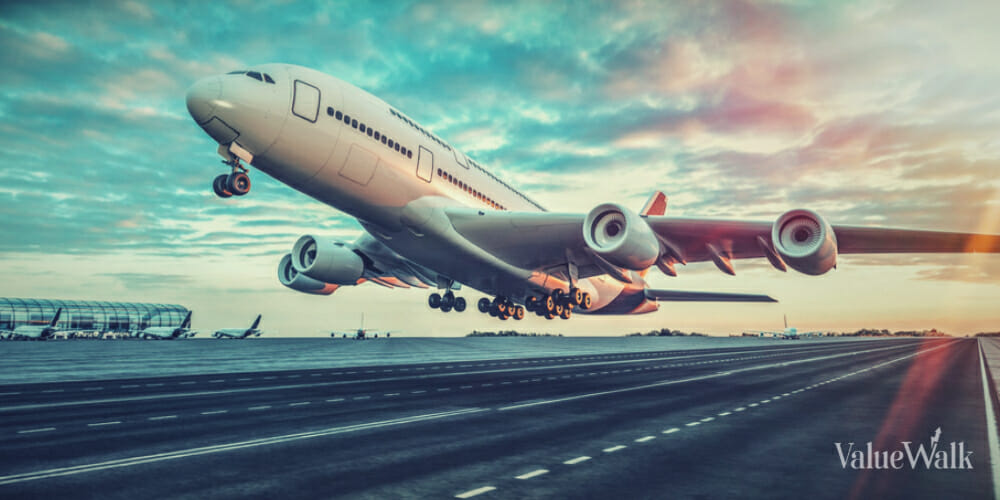Most Airplane Deadly Near Misses Kept Secret; While Inexpensive Remedy Isn’t Even Being Studied
Airplane Deadly Near Misses Are kept A Secret
WASHINGTON, D.C. (August 22, 2023) – Potentially deadly airline collisions, some so close they are described as “skin to skin,” occur almost every day (at least 46 in July alone) at our nation’s airports, but most are kept secret, the New York Times reported Sunday, noting that “current and former air traffic controllers said in interviews that close calls were happening so frequently that they feared it was only a matter of time until a deadly crash occurred.”
Astonishingly, the FAA reports that there were 1697 runway incursions at U.S. airports last year (up 33%), and 985 so far in 2023.
While one major cause of these runway incursions, which threaten hundreds of lives almost daily. is that “the vast majority of U.S. airports have not installed warning systems to help prevent collisions on runways,” probably even more important is that “the nation’s air traffic control facilities are chronically understaffed . . . the shortages are more severe and are leading to more dangerous situations than previously known.”
It’s very expensive and time consuming to equip “the vast majority of U.S. airports” with vital “warning systems to help prevent collisions on runways,” and it would take a long time to meet the “acute challenge” of hiring and training a sufficient number of badly needed air traffic controllers, but there’s an inexpensive but effective weapon which could be tested in weeks and put into effect within months which could help overworked controllers get a handle on the problem, says Professor John Banzhaf of George Washington University.
Banzhaf is an MIT-trained engineer with 2 U.S. patents and a number of technical papers, who analyzes safety problems. Indeed, his ideas for improving the design of school buses to make them much safer for the children they carry were adopted as safety standards by the U.S. government.
His idea in a nutshell is to use existing AI software to monitor airport radio transmissions, and to then warn controllers of possible runway incursions; eventually also possibly providing the AI computer program with input from other existing technologies including ground-based radar, digital cameras and complex target-analytics software already in use and tested in airports such as Miami’s.
Using AI Programs To Monitor Airport Traffic
We’ve all now learned that existing inexpensive AI programs can already understand speech potentially involving more than a million possible words (in English) and an almost infinite variety of subjects, and analyze it using its vast database to do incredible things such as writing a university thesis and even passing difficult professional exams.
In contrast, radio traffic at airports use only a much smaller number of words and cover only a tiny number of well known topics, so existing AI programs can easily understand what is being said on the radio, and analyze it to help anticipate possible incursions, all in real time, argues Professor Banzhaf.
To make such analysis even easier and quicker, a very detailed map of the airport showing the locations, lengths, markings, etc. of each runway and roadway at the airport, as well as a constantly updated schedule of aircraft landings and takeoffs (e.g., from existing airport display boards), would likewise be entered into its memory.
Then, after only several months month of operation, even a simple AI program should be able to learn how long each type of aircraft typically needs to taxi on each runway, how long it takes to become airborne once each type of aircraft begins its takeoff, the time it will take each type of aircraft to land from each approach and from a variety of altitudes and distances from the runway, and a myriad of other bits of valuable information which can help it calculate if any existing time-and-distance aircraft separation requirements are likely to be violated, and/or if for any other reason a runway incursion seems likely.
If it seems, based upon the vast amount of input and information it can process in milliseconds, that the probability of a runway incursion exceeds any pre-programmed danger-limit (time and space) parameters programmed into the system, the AI program can immediately warn the controller(s) handling the flights.
In this way any decisions about whether or not to issue orders to pilots (e.g., to abort takeoff, climb and go around, etc.) would not be made by a computer, but rather by human controllers who could if necessary override a warning from an AI program if appropriate.
Once such an AI runway incursion warning program has been tested and has proven its value, aviation experts can consider adding additional inputs to the computer from – for example – ground-based radar and digital cameras mounted so as to cover every inch of the airport.
We know that inexpensive video cameras linked to simple on-board vehicle computers are now to the point where they can almost drive a truck on an interstate highway, or even a car on busy city streets, which is much more complicated than analyzing airplane landings and departures.
Keeping track of airplanes and their movements is obviously orders of magnitude simpler because airplanes are bigger and much easier to see and detect than cars (or children who might run into the street in front of a car), they generally move quite slowly while taxing, can only move along a small number of clearly defined paths on a airport’s map stored in a computer’s memory, and are supposed to coordinate their movement with orders from controllers whose radio transmissions are also simultaneously being analyzed by the AI program.
Since the FAA is often slow to move and embrace new ideas and technology, skilled computer enthusiasts – including perhaps even a professor teaching computer science at a local university and his eager students, or a white-hat hacker collective – could pick up radio traffic from a nearby airport, feed it into their own computer employing AI software, and keep track of how often it was able to predict possible runway incursions – even without add-ons such as ground-based radar and digital cameras, suggests Banzhaf.
In summary, the professor asks whether a simple test of using AI to warn about possible runway incursions isn’t warranted, especially now that so many life-threatening near crashes have occurred already just this year.












